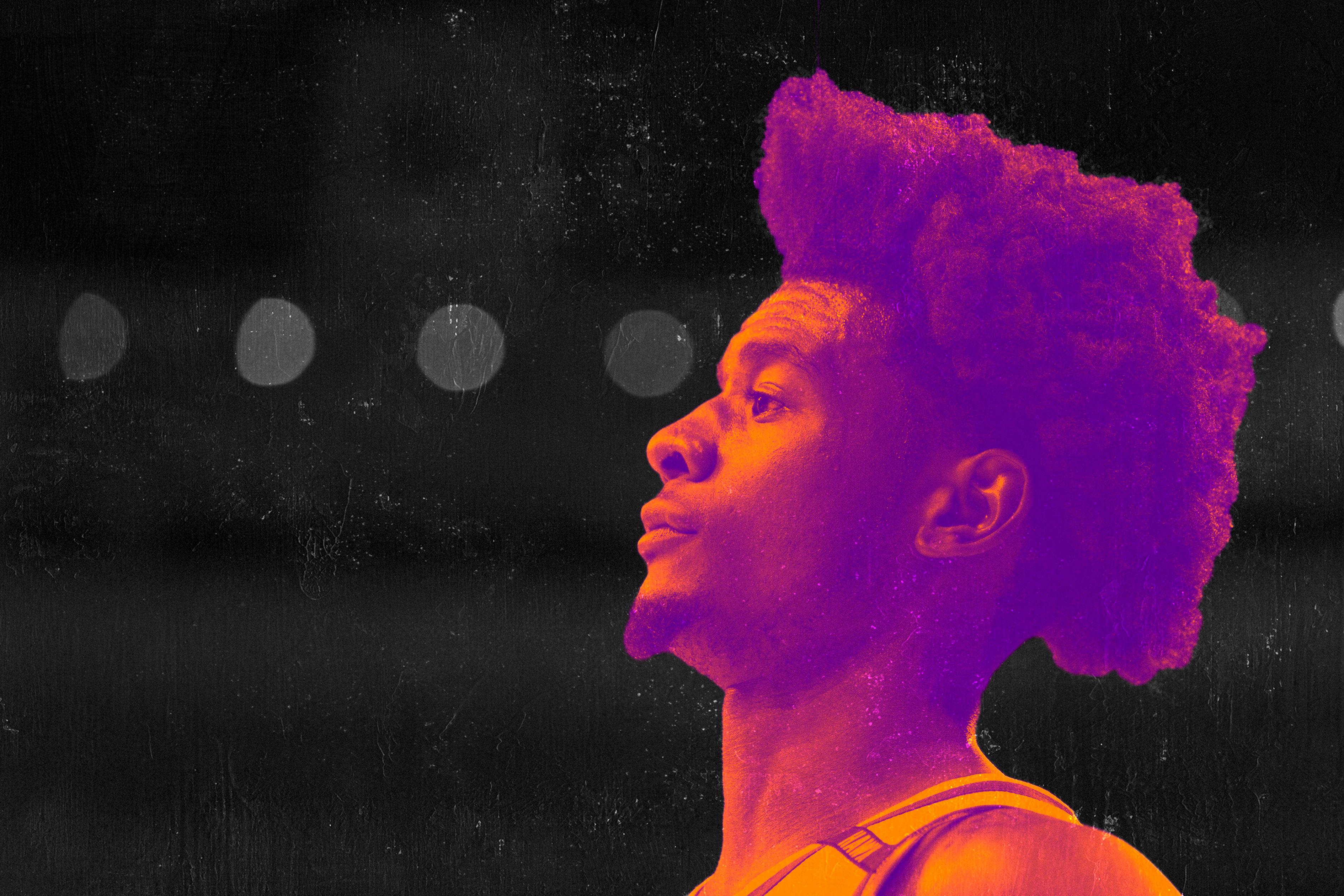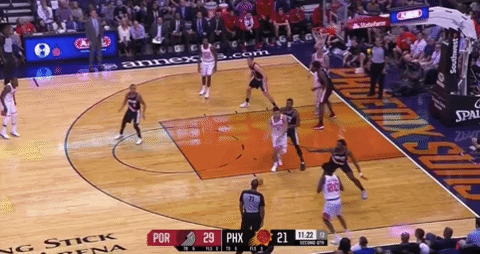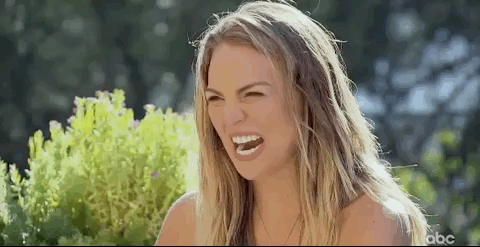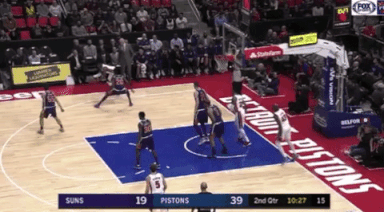
Josh Jackson is the forgotten man in this year’s rookie class. The no. 4 overall pick has had a difficult season for one of the worst teams in the NBA. Jackson is averaging 9.2 points, 3.6 rebounds, and 1.0 assist in 22.4 minutes a game for the Suns, lower than every top-five pick in 2017 except Markelle Fultz, who has missed most of the season with a mysterious shoulder injury. Phoenix has not found a consistent role for Jackson. He went from the starting power forward to coming off the bench at small forward and is now filling in at shooting guard for the injured Devin Booker. A rookie season is a feeling-out process between player and team, and 33 games in, the Suns still aren’t sure what to do with Jackson.
Jackson is one of the most inefficient players in the NBA, and the biggest problem has been his shooting. There isn’t one positive he can build on from his first few months. According to the tracking numbers at Synergy Sports, he’s below the 30th percentile in players leaguewide in eight different offensive categories. He is shooting 37.7 percent from the field, 22.5 percent from 3, and 57 percent from the free throw line. Most poor shooters struggle with confidence, but that has not been an issue for Jackson. The Suns have given him a lot of freedom on offense, and he hasn’t done much with it. There are 107 players in the NBA with usage rates higher than 20, the benchmark of a player with a major role in the offense. Jackson ranks last in true shooting percentage (43.7) of the group.
Jackson’s problems go beyond not being able to knock down open shots. He takes a lot of bad ones, too. There’s a bit of a chicken-or-egg thing going on. Is he shooting poorly because he takes bad shots, or does he take bad shots because he’s shooting poorly? Instead of shooting when he’s open and taking what the defense gives him, Jackson will dribble into traffic without a plan. He often ends up taking tough stepbacks or forcing up floaters through multiple defenders, and it’s hard to make a living on those types of shots against NBA defenders. The NBA is not like college, where you can pass up an open look early in the possession to get an even better one later. The first look is usually the best you will get. There’s no reason for any player to take a 22-foot stepback, much less a bad shooter with a slower big man switched on him:

Part of Jackson’s struggles are the natural adjustment process for a player with his athletic gifts. Jackson was bigger and faster than just about everyone he faced at lower levels of the game, so he could get away with forcing the issue. He didn’t need to be a consistent outside shooter: He could get to the rim and dunk whenever he wanted. Elite athleticism can be a gift and a curse for younger players. It allows them to take shortcuts that don’t exist in the NBA.
Jackson doesn’t have textbook form on his jumper. There are a lot of moving parts: He brings the ball up in front of his face and swings his elbows as he shoots. It’s not a compact motion, which makes it hard for him to be consistent with his mechanics. Jackson’s college coaches never tried to change his shot. They knew they would have him on campus for only nine months. Suns interim coach Jay Triano told me they are working with Jackson on making a few mechanical tweaks. However, it’s a long process that has to be attempted delicately. Make too many changes and a player can lose confidence in his shot completely. Recent history indicates there are no guarantees that it will work.
A lot of hyper-athletic wings have entered the league over the past few years with similar questions about their outside shooting. Kawhi Leonard is the gold standard, but it’s unfair to expect anyone to make a similar leap. Most of the players since Leonard have stalled out as shooters somewhere below his level. Aaron Gordon may have finally turned the corner in his fourth season in the NBA, but Michael Kidd-Gilchrist and Rondae Hollis-Jefferson have given up on the 3-point shot to focus on what they can do well. Even in today’s game, a wing with enough size and athleticism can still become a good player without a consistent outside shot.
The issue for Jackson is that he doesn’t have the same type of frame as the guys who have succeeded without a jumper. He’s 6-foot-8, but is a spindly 207 pounds with narrow shoulders and short arms (6-foot-10 wingspan), so he doesn’t play as big as his height would suggest. Kidd-Gilchrist, in comparison, is 232 pounds with a 7-foot wingspan, while Hollis-Jefferson is 220 pounds with a 7-foot-2 wingspan. Every inch counts against bigger and stronger players. When Jackson gets into the lane, defenders can knock him off his spots and force him into tougher shots. He struggles to finish through contact, and he is shooting 53.1 percent at the rim this season, over 10 percentage points lower than the league average. Jackson has to be able to power through a 6-foot-5 defender like Bradley Beal on a play like this:

Jackson has not been able to harness his athleticism as easily in the NBA.
His rebound rate and his block rate have dropped significantly from his time in college, which has made it harder for him to play as a small-ball 4. He doesn’t have as much of a mismatch as a 3 in the NBA. He’s still more athletic than most of the players he faces, but they are more comfortable guarding on the perimeter than college power forwards. He is not an advanced ball handler, and he can lose his dribble when trying to maneuver through too much traffic. Jackson is at his best in transition, when he can put his head down and get a running start at the rim. He’s not as effective in the half court, when defenses can pack the paint and keep him on the perimeter.
Playing in Phoenix has highlighted his flaws because most of his teammates can’t stretch the floor, either. The Suns are 29th in the NBA in 3-point percentage at 33.1 percent. Booker is the only consistent 3-point shooter in their starting lineup. With Jackson starting for Booker, who has been out the past two weeks with a strained groin, there is no one defenses have to respect on the perimeter. The new-look starting lineup of Tyler Ulis, Jackson, T.J. Warren, Marquese Chriss, and Tyson Chandler has an unbelievably low offensive rating of 60.5 and a net rating of minus-45.4 in 64 minutes. Chriss is shooting 28.6 percent from 3 on 2.3 attempts per game, and he’s the best shooter in the group. There’s no way for a slasher like Jackson to be efficient in a lineup like that.
Jackson needs to play with more shooters. Point guard is the most obvious spot where they can add more 3-point shooting. Ulis was never supposed to be the answer there. He is starting because Brandon Knight tore his ACL in the offseason and Eric Bledsoe forced his way out of town. Ulis is 5-foot-10 and 150 pounds, and he’s only a career 26.3 percent shooter from 3. The lack of long-range shooting in the Phoenix backcourt has allowed Isaiah Canaan, whom they signed with the injury exemption they received for Booker, to make an immediate impact. Canaan is a career 35.2 percent shooter from 3, and his ability to space the floor has given the offense room to breathe.
The bigger question for the long term is whether Jackson can play with Warren. Warren, a rare bright spot among recent Phoenix draft picks, is averaging 18.7 points a game on 47.2 percent shooting this season. However, he’s a career 28.2 percent 3-point shooter who’s shooting only 17.3 percent on 1.6 attempts a game this season. Playing two non-shooting wings at the same time is a losing proposition. There’s not enough room on the court to operate. Jackson and Warren have a net rating of minus-19.9 in 292 minutes together this season, the third worst of any pairing on the Suns that has played more than 100 minutes. What the Suns have to figure out is which of Jackson or Warren is a better fit next to Booker, the closest thing to a franchise player they have.
Jackson is already further along on defense than Warren, which is important since Booker struggles on that side of the ball. Jackson is in the 74th percentile when defending the ball handler in the pick-and-roll, and he typically gets the toughest defensive assignment on the perimeter. He has brain freezes off the ball, and he can get burned on back-cuts, but he has the physical tools to guard four positions. One of the most interesting lineups Phoenix has experimented with is Booker running point and switching with Jackson on defense. That is where you really see his athleticism: Jackson is a 6-foot-8 player who can keep up with even the quickest point guards. Watch how he’s able to swarm Langston Galloway on this play, and how quickly he recovers to contest the shot when Galloway tries a pull-up:

Jackson is more skilled than his numbers suggest. He has only a 0.55 assist-to-turnover ratio this season, but he averaged 3.0 assists per game in college. He can read the floor and make quick decisions on the move. The problem is that he’s trying to force passes through incredibly narrow windows while playing in such cramped lineups. The fact that he is making so many bad decisions is almost encouraging since that is one of the easiest areas to correct with experience. He’s not a passive player. Most of his mistakes come when he’s trying to do too much, and he should learn to let the game come to him in time.
Jackson has been horrible as a rookie, but it’s far too soon to give up on him. His ceiling will be determined by how much he can improve his 3-point shot. The better he shoots, the more options Phoenix will have in deploying him. There’s room for only so many non-shooters in a lineup, and Jackson is a non-shooter on a roster full of them. The problem with taking a player like that in the top five is it limits your options when it comes to how you build the rest of your team. The holes in Jackson’s game mean the Suns have to be very careful with the types of players they put around him going forward.

